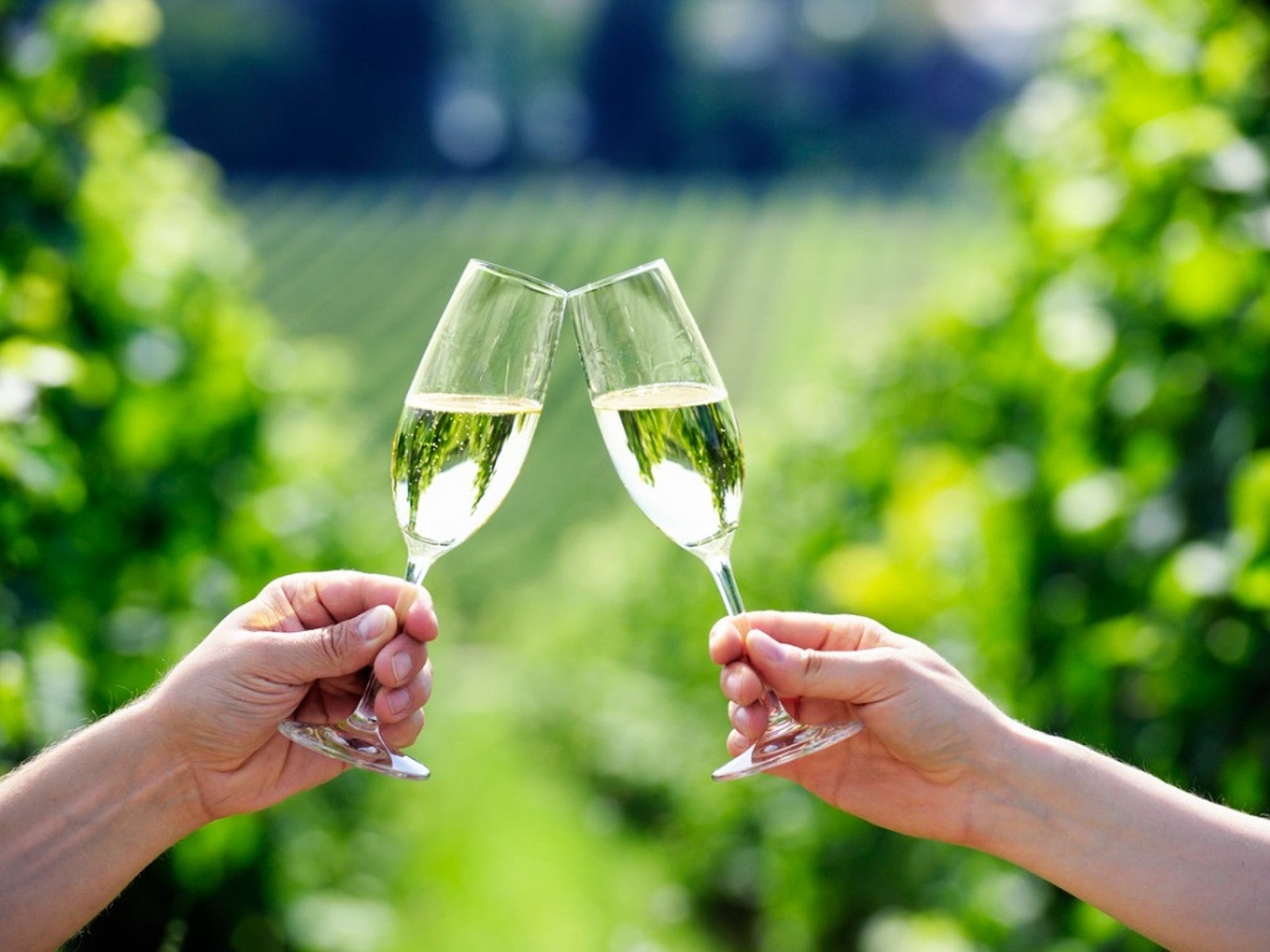How To Grow Champagne Grapes For Homegrown Bubbly


Nothing says New Year’s Eve like a glass of bubbly champagne. Despite the iconic bubbles, champagne is just a sparkling wine made from grapes. This means that it is possible to grow the grapes used for champagne and ring in the New Year by raising a glass of champagne you grew yourself. How do you make champagne? It’s a very precise process. That’s why all champagne is sparkling wine but not all sparkling wine is champagne. Read on for details.
Grapes in Champagne
For a sparkling wine to be classified as champagne, you must use a champagne wine produced from chardonnay, pinot noir, or pinot Meunier varieties in the Champagne region of France. Planting these grapes is the first step toward making a bottle of champagne.
If you want to operate by the rule books, however, there are other restrictions on what can be called champagne. In addition to the mandate that champagne must be made from these grape species, you’ll have to use the traditional method of producing it. This is also called the Méthode Champenoise and is the most expensive method of getting the bubbles into that wine.
Bubble, Bubble, Toil and Trouble
To understand how to make champagne, it helps to start with an even simpler question: what makes champagne bubbly? The key to getting those tiny bubbles into sparkling wine is a process called secondary fermentation. Wines become effervescent when you add a mixture of yeast, sugar, and liqueur de tirage -- a type of wine -- to the wine in a closed container.
When this process gets going, the yeast releases carbon dioxide. Since this is done in a closed container, the carbon dioxide is forced to pass into the wine, resulting in bubbles. When the secondary fermentation begins, the carbon dioxide released by the yeast has nowhere to go but into the wine, making it bubbly. The difference between the methods of producing sparkling wine largely involves where the secondary fermentation occurs.
Champagne Method of Making Champagne
The Champagne method, termed “the traditional method” when used outside of France’s Champagne region, is the classic way to proceed. Experts claim that it produces the highest quality and most complex sparkling wines. It is also the most expensive, labor-intensive, and time-consuming.
That’s because the traditional method mandates that the secondary fermentation take place inside the bottle itself, that is, the bottle in which the Champagne will be sold. The bottle is first capped after the liqueur de tirage is added to the wine. The winemaker reopens the bottle to remove the detritus from the yeast once it has stopped exuding carbon dioxide, a process called riddling.
Gardening tips, videos, info and more delivered right to your inbox!
Sign up for the Gardening Know How newsletter today and receive a free copy of our e-book "How to Grow Delicious Tomatoes".
How does riddling work? The winemaker turns the bottle upside down to drop the yeast sediment into the bottle neck. The bottle is frozen, and when the temporary cap is taken off, the pressure expels the sediment. A sugar-water mixture is added, and a final cork is put into the bottle.

Teo Spengler is a master gardener and a docent at the San Francisco Botanical Garden, where she hosts public tours. She has studied horticulture and written about nature, trees, plants, and gardening for more than two decades. Her extended family includes some 30 houseplants and hundreds of outdoor plants, including 250 trees, which are her main passion. Spengler currently splits her life between San Francisco and the French Basque Country, though she was raised in Alaska, giving her experience of gardening in a range of climates.
-
 ‘Coral Charm’ Peony Care For Sublime Semi-Double Peonies With Lush Salmon Pink Flowers
‘Coral Charm’ Peony Care For Sublime Semi-Double Peonies With Lush Salmon Pink FlowersPeonies are known for their soft baby pink or magenta tones, but if plushy coral blooms are your thing, here’s our guide to the ultimate ‘Coral Charm’ peony care
By Tonya Barnett
-
 How To Grow Seeds Quickly: 8 Expert Tricks For Fast Flowers & Crops
How To Grow Seeds Quickly: 8 Expert Tricks For Fast Flowers & CropsIt's never too late to start growing! Jump-start your flower or vegetable garden with these pro tips and tricks for germinating seeds in record time.
By Amy Grant